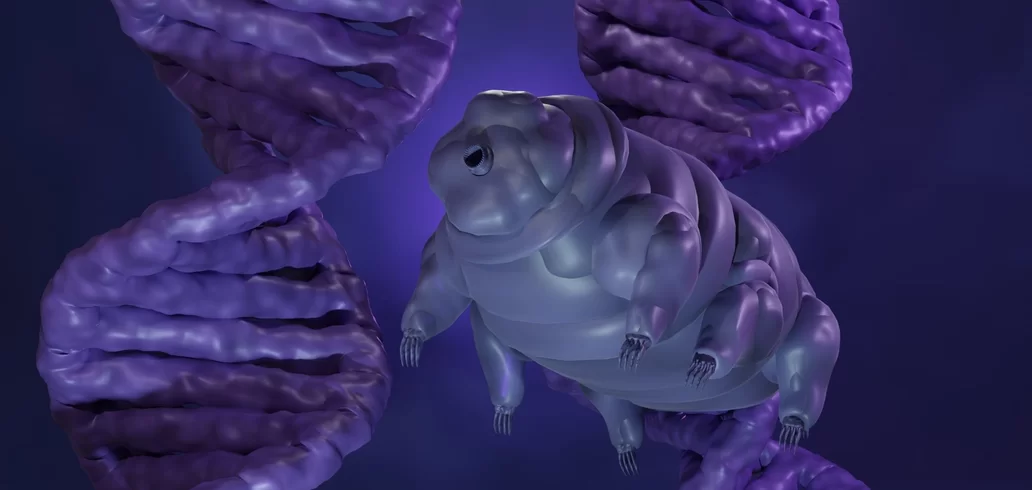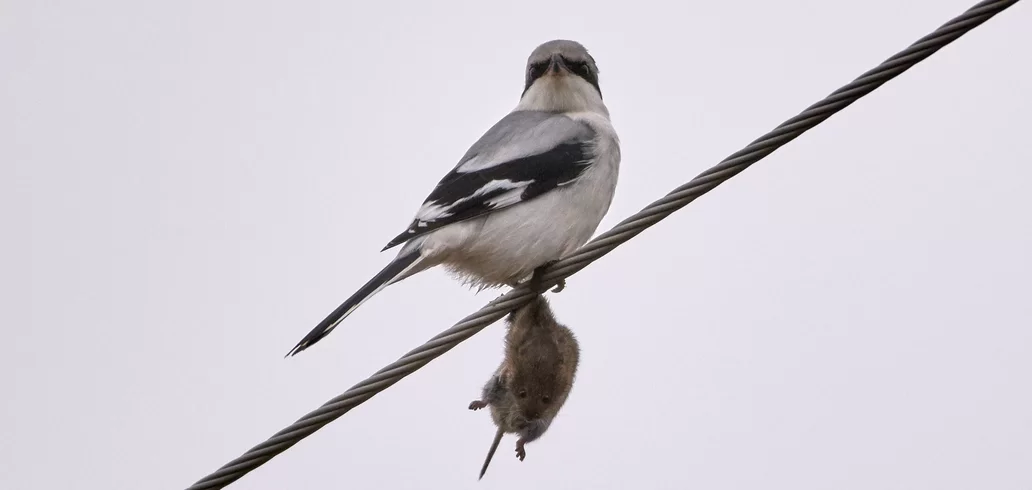Curiosities
Why don't woodpeckers suffer brain damage from pecking wood?
Advertisement
1. **Specialized Skull Structure**: Woodpeckers have robust, strong skulls with a unique structure that helps absorb impact. Their skulls are shaped in a way that distributes the force of impact around the brain, reducing the risk of injury.
2. **Neck and head muscles**: These birds have very strong muscles in their neck and head, which allows them to control head movement precisely and absorb some of the impact while pecking.
3. **Adapted Tongue**: Woodpeckers have a special tongue that wraps around the back of their skull. This helps distribute the energy of the impact, further protecting the brain.
4. **Controlled pecking**: Woodpeckers do not peck recklessly. They have a careful, controlled technique, using quick, precise movements to reach insects or create cavities in tree trunks.
These combined adaptations help woodpeckers avoid significant brain damage while repeatedly pecking at wood.
Studying woodpeckers
Studying woodpeckers is fascinating! They are amazing birds with many interesting characteristics. Here are some of the things scientists often study about these birds:
1. **Skull Anatomy**: Woodpeckers have a unique skull adapted for pecking wood. Researchers study the structure of the skull and how it protects the brain during repeated blows.
2. **Feeding Behavior**: Woodpeckers peck at tree trunks in search of insects. Scientists study their feeding techniques, how they choose where to peck, and how they detect insects under the bark.
3. **Ecology and habitat**: The study of woodpeckers also includes their ecology, how different types of woodpeckers adapt to different habitats, and how they interact with other species in their ecosystems.
4. **Communication**: Woodpeckers use drumbeats to communicate with each other and mark territory. Scientists study how these sounds are produced and how they are interpreted by other birds.
5. **Evolution**: Woodpeckers have a long evolutionary history and are adapted to a variety of environments. Researchers study the evolution of these birds and how their physical and behavioral characteristics have changed over time.
Studying woodpeckers not only helps us better understand these birds themselves, but it also provides us with valuable insights into ecology, animal behavior, and evolution. If you’re interested in learning more about them, there are plenty of resources available in the form of books, scientific articles, and documentaries.
Protecting the brain
Protecting the brain is crucial to any animal’s survival, and woodpeckers have developed some remarkable adaptations to avoid damage while pecking at wood. Here are some ways these birds protect their brains:
1. **Specialized Skull Structure**: Woodpeckers have skulls that are adapted to absorb impacts. Their skulls are denser and thicker than those of other birds, which helps protect the brain from injury.
2. **Strong Neck and Head Muscles**: Woodpeckers have powerful neck and head muscles that help cushion the impact of pecking. These muscles also provide stability and control during head movement.
3. **Specialized Tongue**: Woodpeckers have a unique tongue that plays an important role in protecting their brains. It wraps around the back of their skull, acting as an additional shock absorber to absorb impacts.
4. **Controlled pecking technique**: Woodpeckers do not peck wood indiscriminately. They have a precise and controlled technique, directing their pecks to specific areas where they know they can find insects or create cavities.
These combined adaptations help woodpeckers avoid significant brain injuries while performing their daily activities of foraging and nest building. Studying these adaptations not only helps us better understand these birds, but may also provide valuable insights into the design of protective gear and even the prevention of brain injuries in humans.
Trending Topics

Income of US$1,300/month and organized routine: discover what a Hotel Housekeeping Assistant does.
With a monthly income of US$1,400 and a defined routine, the Housekeeping Assistant in hotels stands out for its stability and relevance.
Keep Reading
Ultimate Guide: How to Use Apps to Clean Up Your Cell Phone's Memory
Discover how to use apps to clean your phone's memory, free up space and improve your device's performance.
Keep ReadingYou may also like

How to Find Cheap Flights: Tips and Apps
Discover how to find cheap flights with tips, tools and strategies that guarantee the best deals for your trips.
Keep Reading
How to Save Money and Take Advantage of Flight Deals on Google Flights
The magic of traveling gets better when you learn How to Save and Take Advantage of Flight Deals on Google Flights right from your cell phone
Keep Reading
